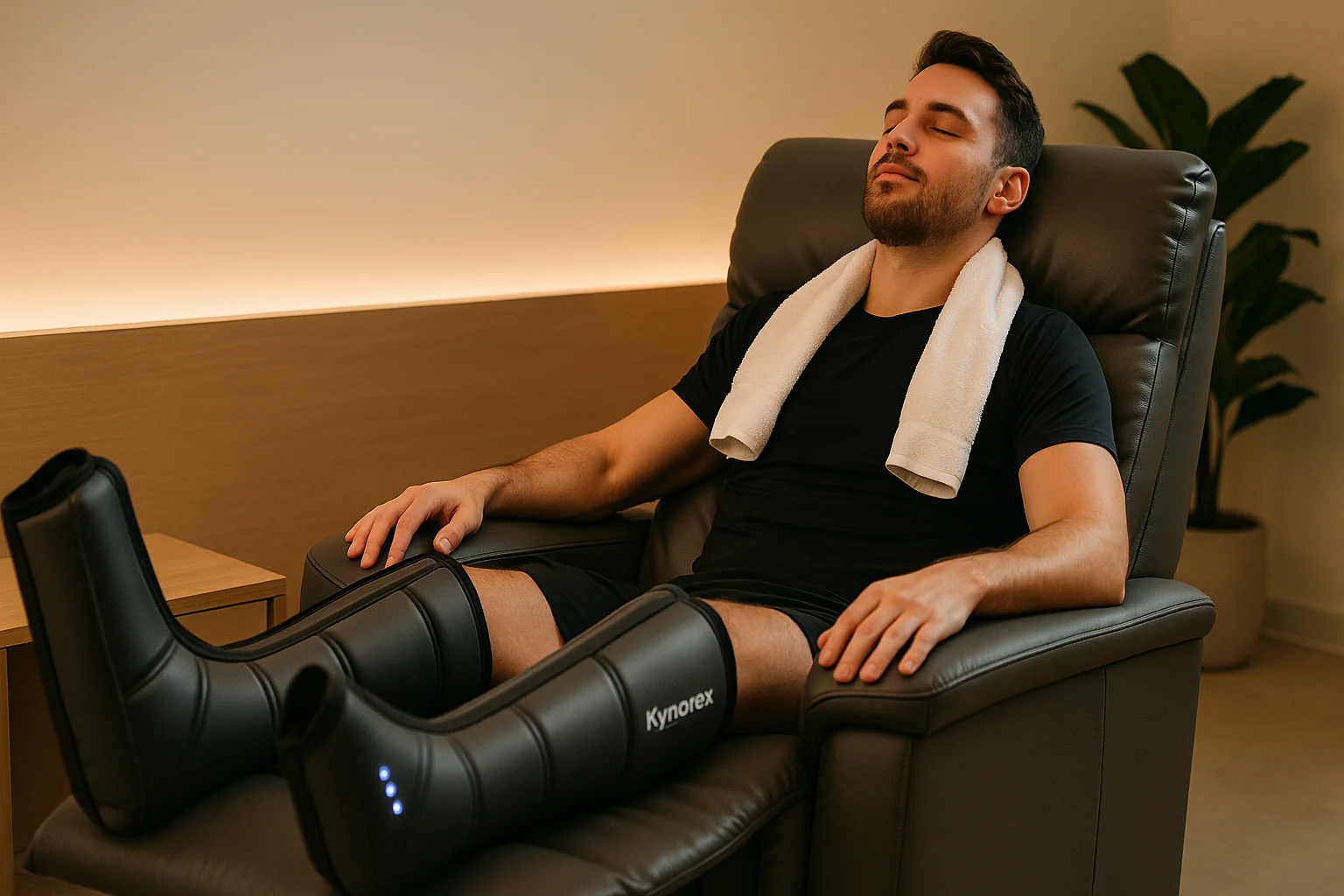In recent years, compression boots have become a staple in the recovery routines of professional athletes and fitness enthusiasts alike. But how do you know if they’re right for you?
As a sports recovery specialist with over a decade of experience, I’ve worked with athletes across disciplines—from endurance runners to weightlifters—to help them optimize recovery and avoid burnout. One of the most common questions I get is:
“Are compression boots actually necessary for me?”
Let’s break it down.
🔍 What Do Compression Boots Actually Do?
Compression boots use sequential air pressure to stimulate blood circulation, reduce muscle soreness, and speed up lymphatic drainage. Think of them as an external massage therapist—one that works on your legs with precision and consistency.
They’re especially effective for:
- Athletes training multiple times per week
- People experiencing chronic leg fatigue
- Gym-goers recovering from heavy leg days
- Anyone who travels frequently and suffers from lower limb swelling
🧠 The Science Behind It
When you train hard, micro-tears and inflammation occur in your muscles. Recovery is when your body actually gets stronger—not during the workout itself. Compression therapy accelerates this process by enhancing circulation and removing waste products like lactic acid more efficiently.
Several studies have shown improvements in:
- Muscle recovery time
- Perceived fatigue levels
- Lower limb swelling
✅ Do You Need Them?
If you’re checking any of the boxes below, compression boots could make a noticeable difference in your performance and recovery:
✔️ You train legs more than 2x per week
✔️ You experience soreness or tightness 12–24 hours post-workout
✔️ You’re preparing for a race or competition
✔️ You need to recover faster between training sessions
✔️ You want to feel less stiff and more mobile the next day
🧰 How to Use Them Effectively
Start with 15–30 minutes after your workout or in the evening when your body is relaxed. Combine with proper hydration, stretching, and nutrition to maximize benefits. Avoid using them during active inflammation (e.g., right after injury).
💬 Final Thought from Michael
Recovery is not optional—it’s part of the performance cycle. Compression boots are no longer a luxury item for pro athletes—they’re becoming an essential tool for anyone who trains seriously and wants to stay consistent without burnout.
If you’re ready to take recovery seriously, compression boots may be the missing link in your routine.




